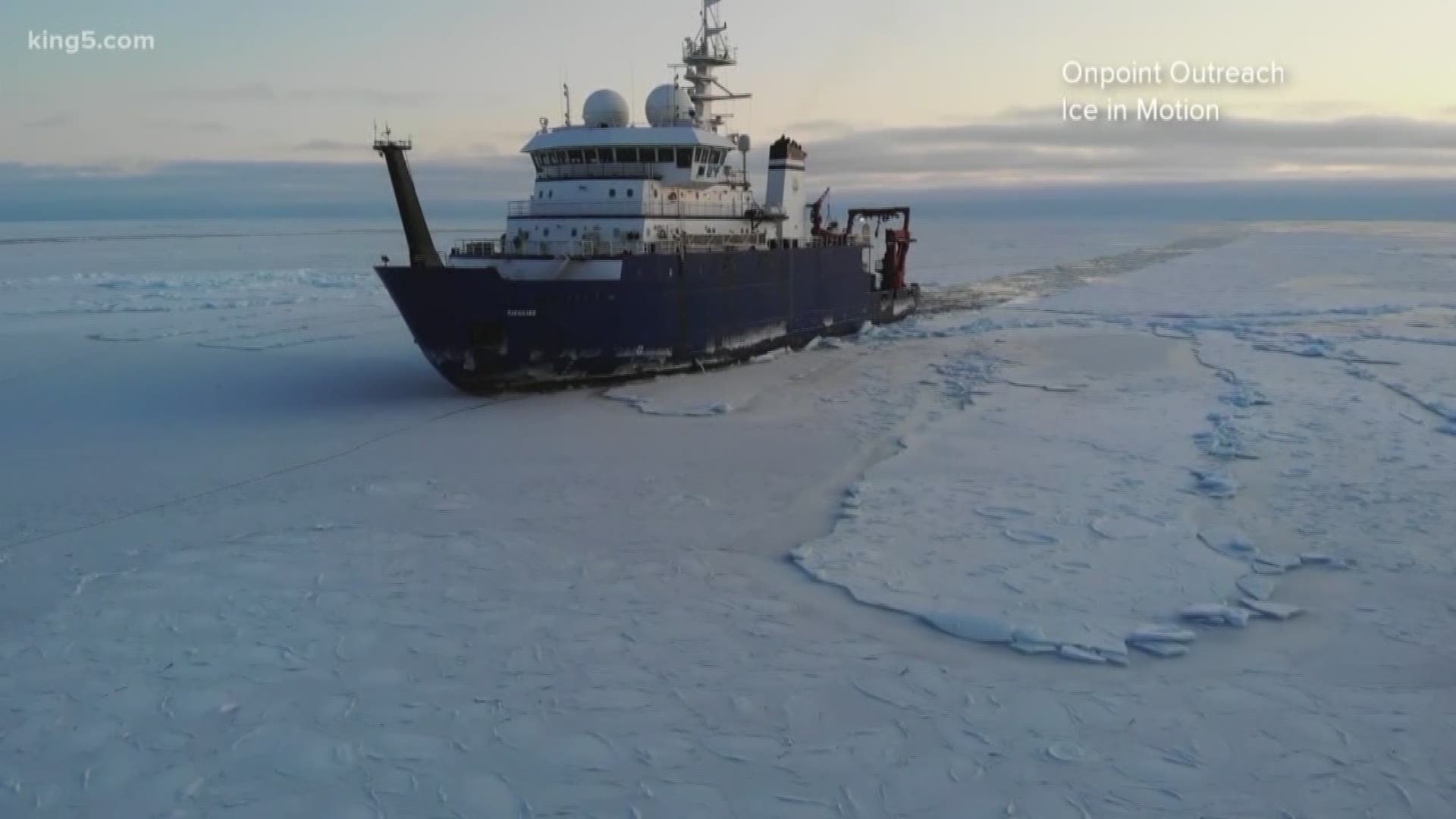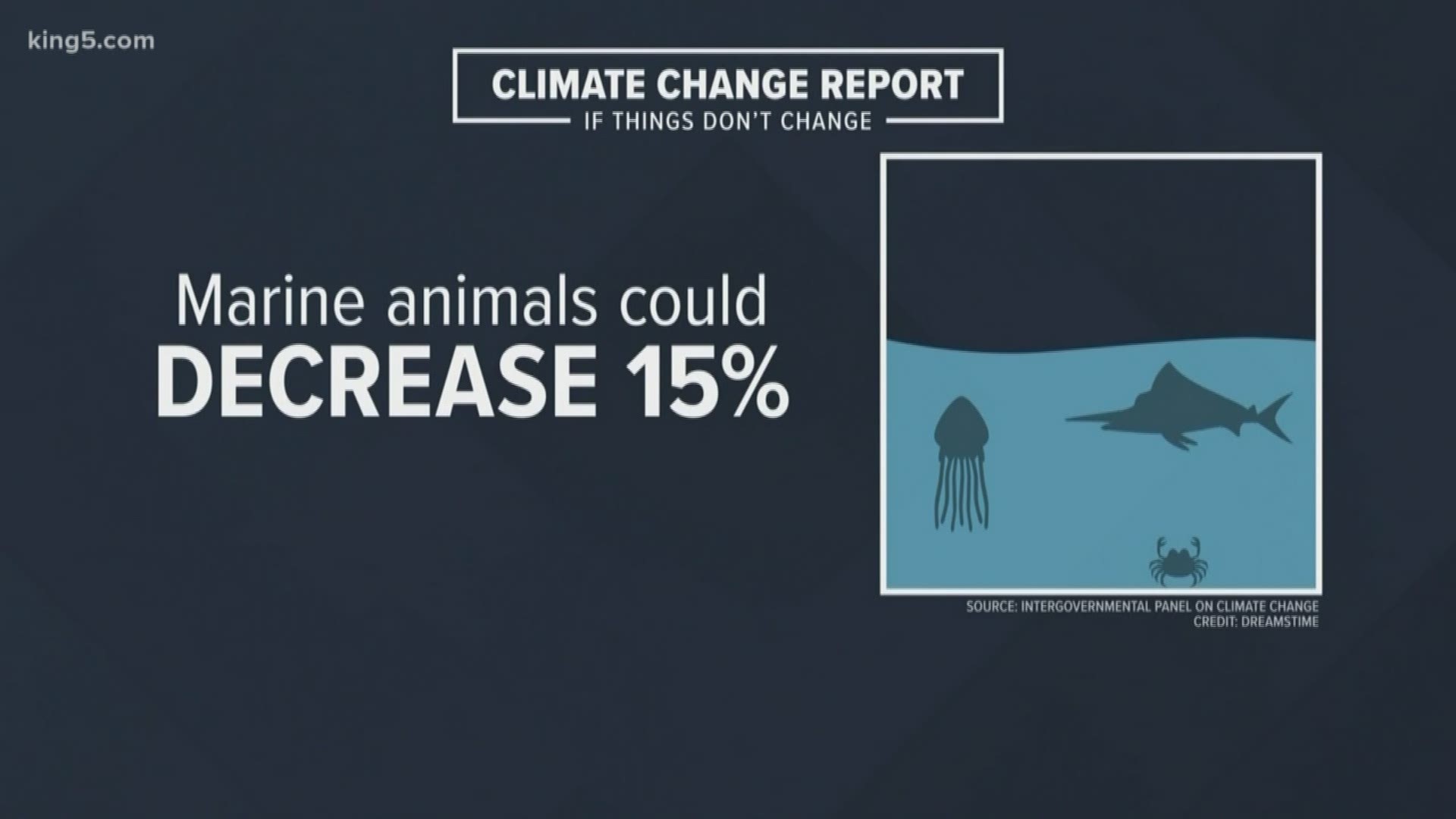SEATTLE — The presence of "pancake ice" and tall waves are just two recent findings from a November research trip to the Arctic Ocean aboard the icebreaker Sikuliaq.
The ship, owned by the University of Alaska, is becoming a platform for a joint study along with the University of Washington.
"The Arctic is the canary in the coal mine - people have called it. It's the place where we're seeing the most dramatic, rapid climate change," said Jim Thomson, a professor of engineering and adjunct professor of oceanography for UW's Applied Physics Lab. The organization has studied the Earth's poles for decades.
"We were looking at the reduction in sea ice, which has been very dramatic in recent years," Thomson said. "And we were looking at how that reduction in sea ice has allowed an increase in wave activity."
Open ocean allows for higher waves to form more frequently because the friction of the wind roils that water into waves. Why does that matter in ocean once covered by thick sheets of ice? One reason is that the waves are now able to reach and attack the Alaskan coast line for longer periods of the season. That's already forcing the retreat and abandonment of portions of coastal villages.
During their trip, scientists also witnessed large areas of so-called pancake ice, which are round disks of thin ice. Though it's common in Antarctica where waves are more violent in the southern oceans, it wasn't until recently that pancake ice was seen in the Arctic Ocean.
"That has not been seen in the Arctic previously," Thomson said. "Now we're seeing this pancake ice form and that's really because there are waves now. We're changing the types of ice that forms - when it does finally form - in the late fall in the Arctic."
Video from NASA shows just how far the ice retreated in 2019, especially compared to the average summer ice sheet since 1981.
Yet it's one thing to talk about open ocean versus ice covered ocean, and the simple thickness of the ice itself - it's thinner.
"There's a lot of ice that's not safe to walk on anymore," Thomson said.
The ice is only about 3-feet thick in some areas, as opposed to being 10 feet thick or more.
"And that's the point that the public often misses," Thomson said, adding that when we look at satellite maps of the ice, we don't see how thin it's becoming.
"And the loss of ice mass is critical to maintaining the thermodynamics of the oceans," Thompson said.


